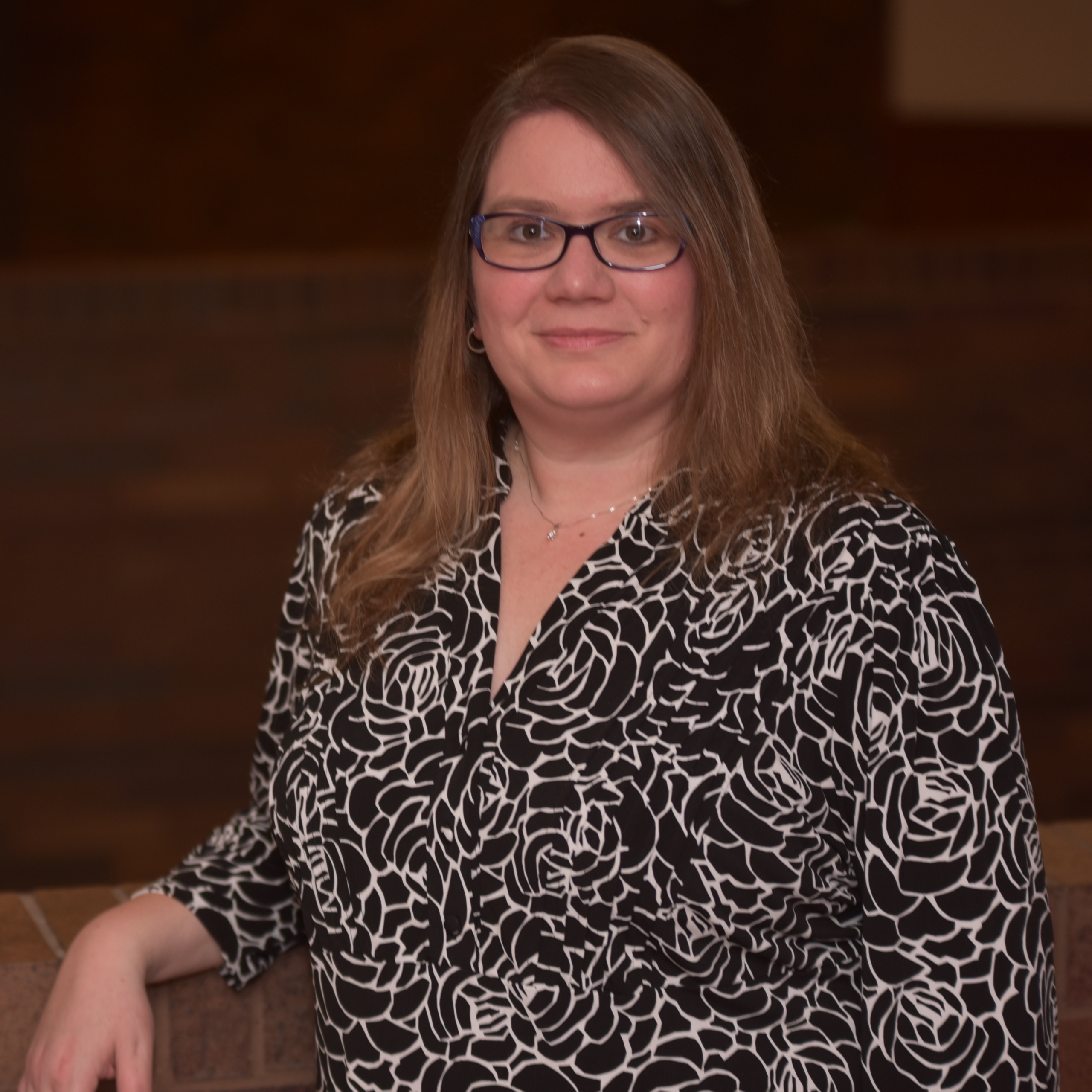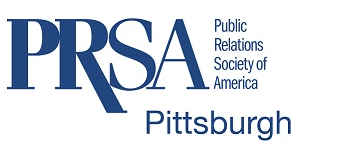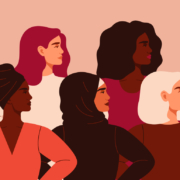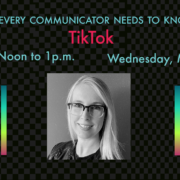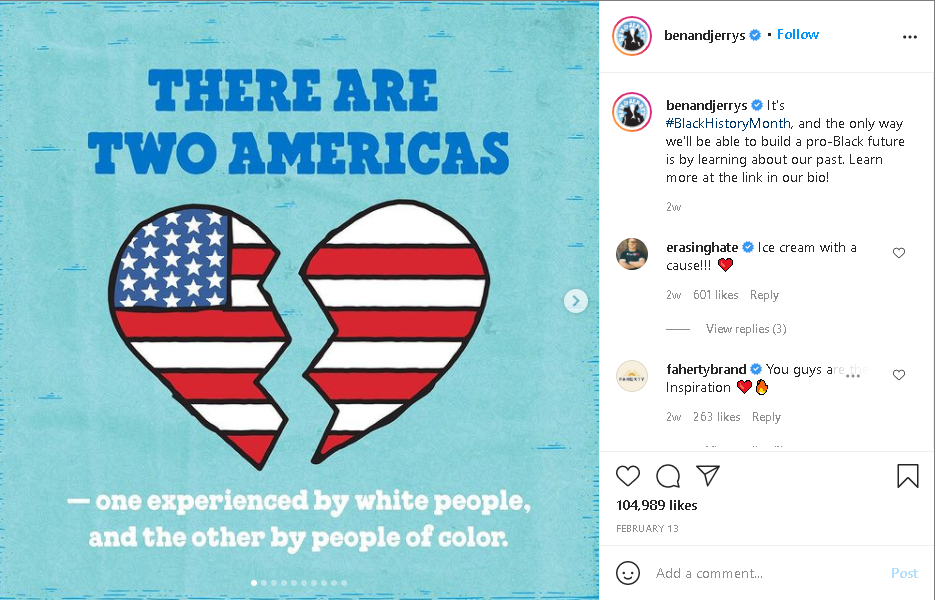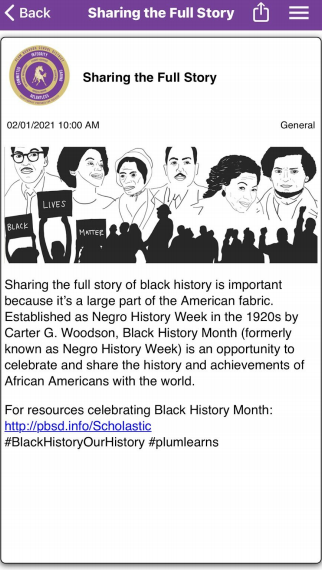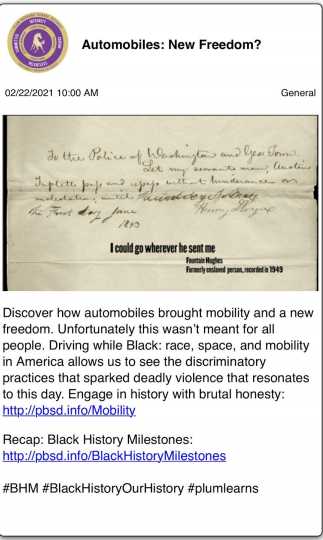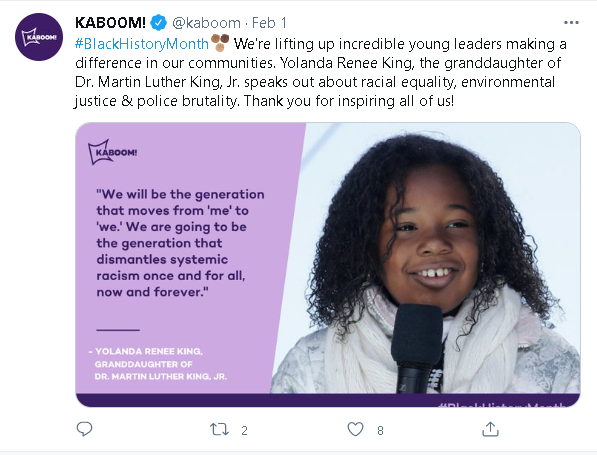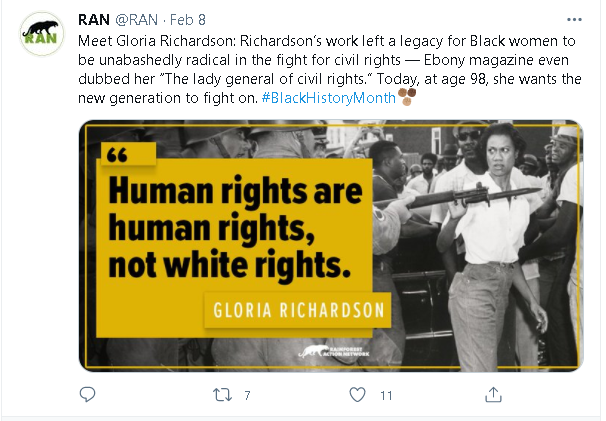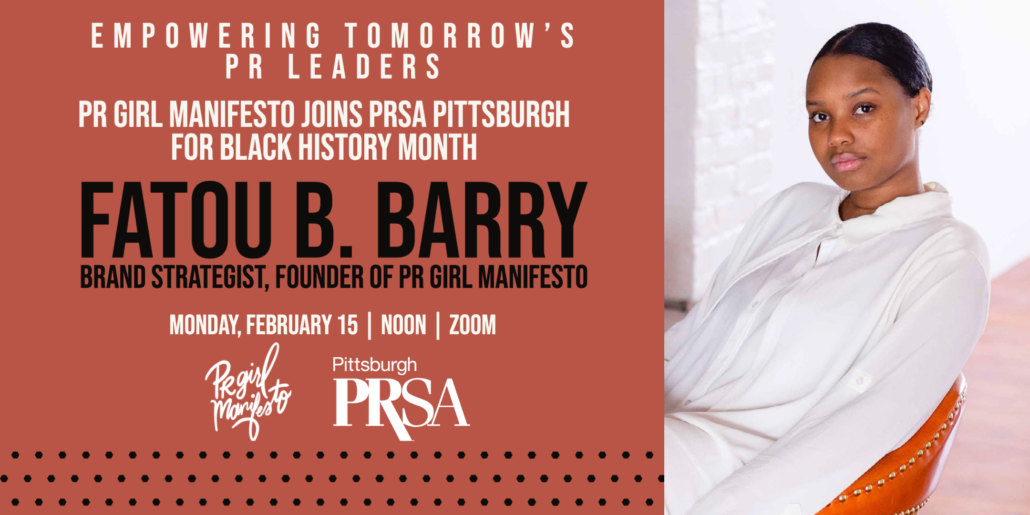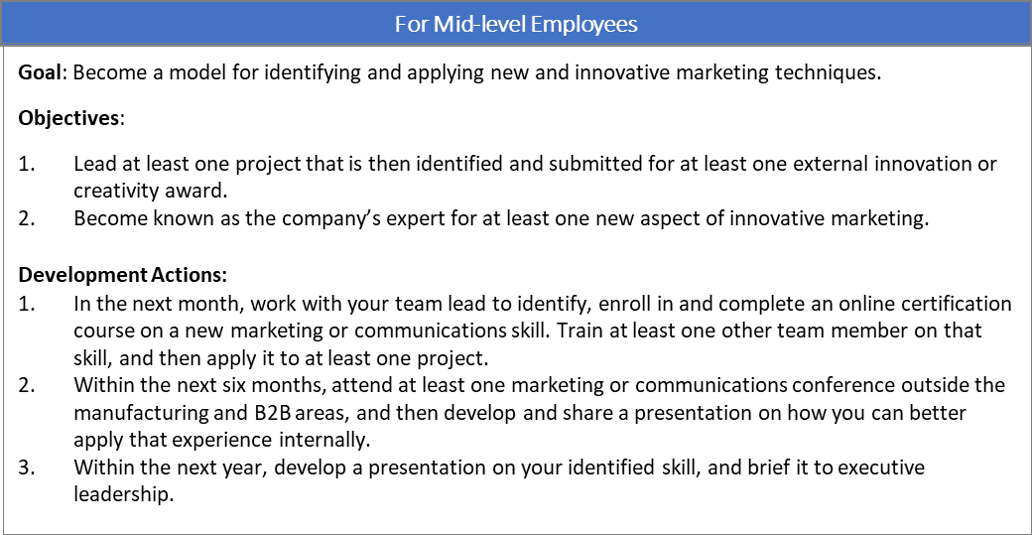Powerful female mentors inspire women’s history month reflections from chapter members
By Kristen Wishon
D&I Committee Member
We don’t need any data, metrics, or case studies to know that women are outstanding. Whether it’s a parent, grandmother, sister, friend or mentor, we all have a female or female-identifying presence in our lives that has shown us strength, resilience, love and growth.
That’s not to say that women haven’t long faced inequities, especially in the workplace. It was only 57 years ago that women were protected from discrimination in the workplace as part of the 1964 Civil Rights Act.
However, while the public relations sector is dominated by women, white men remain at the helm and hold most upper-level positions, according to the Institute for Public Relations. Other data shows that as many as 78% of CEOs in the PR industry are men.
Coupled with the prevalence of “work-first” culture, lack of balance, preference to masculine working styles in the workplace, increased scrutiny and more, women in our industry certainly face different career obstacles than their male counterparts.
It’s clear we all have work to do to ensure that women, especially women of color and those with varying sexual orientations, disabilities, ages, and intersectional identities, are not neglected from opportunity and growth in the workplace.
Despite all this, women in PR are setting a high standard for excellence in our industry. That’s why we asked you to send us a photo of your career mentor in honor of Women’s History Month. We received an inspiring array of powerful female leaders.
Meet these mentors below, and add a comment with your own mentor if you weren’t able to submit for this blog!
Dr. Diana Martinelli, Dean, Widmeyer Professor in Public Relations, West Virginia University
Before Dr. Diana Martinelli became dean of the WVU Reed College of Media (known in my time as the “j-school”), she was my very first career mentor throughout my PR education at West Virginia University. She quickly went from my advisor to my graduate thesis chair to a sounding board for career advice and next steps. Diana’s kind nature coupled with her immense PR expertise makes her an immeasurable force in our field. Not to mention, Diana is a longtime member and supporter of PRSA!
— Kristen Wishon, Director Of Communications, Greater Pittsburgh Arts Council
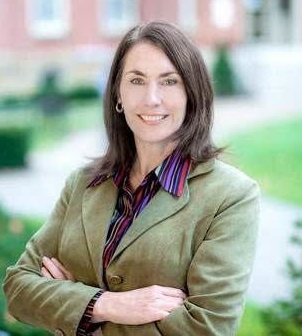
Nancy Anderson, Associate Vice President, Social & Content, Red Havas
Nancy is a beam of sunshine who gives 110% to anything she does, no matter what obstacles are in her path. She believed in me when I didn’t believe in myself, providing encouragement and actionable feedback along the way. Her guidance and advice helped me become the content strategist I am today. I’m honored to know her!
— Megha Pai, Content Strategist, Pipitone Group

Denise Stokes, Realtor for Keller Williams Preferred Properties, Owner, DS Marketing & PR
I met Denise Stokes my senior year of college in 2011 during a PRSSA meeting. Since then, we’ve kept in touch even after both of us moved out of state — with me entering the world of full-time digital marketing in Pittsburgh and Denise starting as a real estate agent in Maryland. Over the years, Denise has guided me on job advice and helped me think strategically about my career moves (and even my physical move out of Texas!). I’ve learned a lot about myself related to patience, time management and challenged myself to think on new perspectives.
— Nelli Tokleh, Senior Social Media Manager, 9Rooftops Marketing

Kim Tarquinio, Vice President, Strategic Communications, Pipitone Group
Kim inspires me daily through her leadership and empathy. She goes the extra mile to make all of us new hires feel welcome, included and heard. Kim also plays each of us to our strengths and interests, while challenging us to grow further in new areas. I’m lucky to be on her team!
— Megha Pai, Content Strategist, Pipitone Group
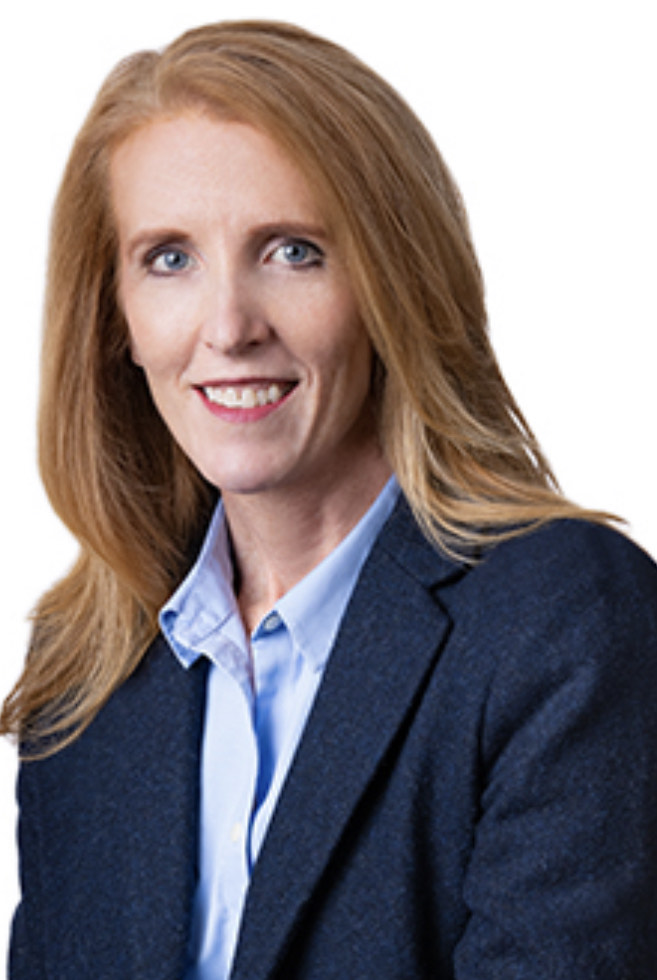
Cooper Munroe, CEO, The Motherhood Inc.
Cooper is a pioneer in influencer marketing. In the early 2000s, she started one of the first “mom blogs” which quickly turned into a movement. After writing a post on Hurricane Katrina in 2005 and asking her readers to contribute what they had to help the victims, the post went viral (a term not yet used at the time) and showed the power an online community could have. And the rest is history. Today, she runs an all-woman team at The Motherhood, an influencer marketing company.
Not only has Cooper been an inspiration to me in her influencer work, but she is also a mom of four. As someone who is about to become a brand new mom this summer, I am inspired to see she could raise four kids and run a successful business.
Cooper simply cares about her employees and is our biggest cheerleader. I have loved working for Cooper!
— Deanna Tomaselli, Vice President, Client Services, The Motherhood Inc.
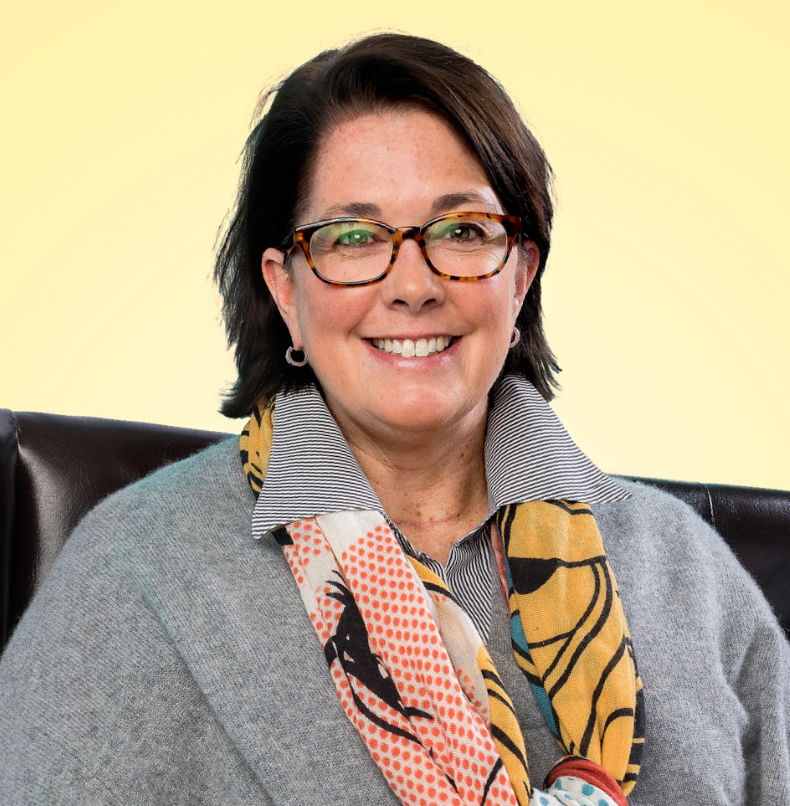
Megha Pai, Content Strategist, Pipitone Group
Gotta highlight my girl Megha Pai! As soon as I joined PRSA, Megha welcomed me and so many other newcomers and made sure we felt included. Since then, she’s been an incredible friend who has looked out for me and guides me personally and professionally. I’m beyond lucky to have someone like Megha in my life!
— Nicole Tobias, Public Relations Professional

Beth Bauer, Assistant Director of Student Organizations and International Programs, Duquesne University School of Law
Beth was one of my colleagues at my first job out of college and she has been an unwavering mentor to me ever since. She welcomed me and helped me to gain confidence in my abilities and to realize my potential as a young professional. Her continued support has helped me to land my current position in the marketing industry. She is amazingly kind, hardworking and a true inspiration.
— Taylor Fife, Account Executive, Red Havas
